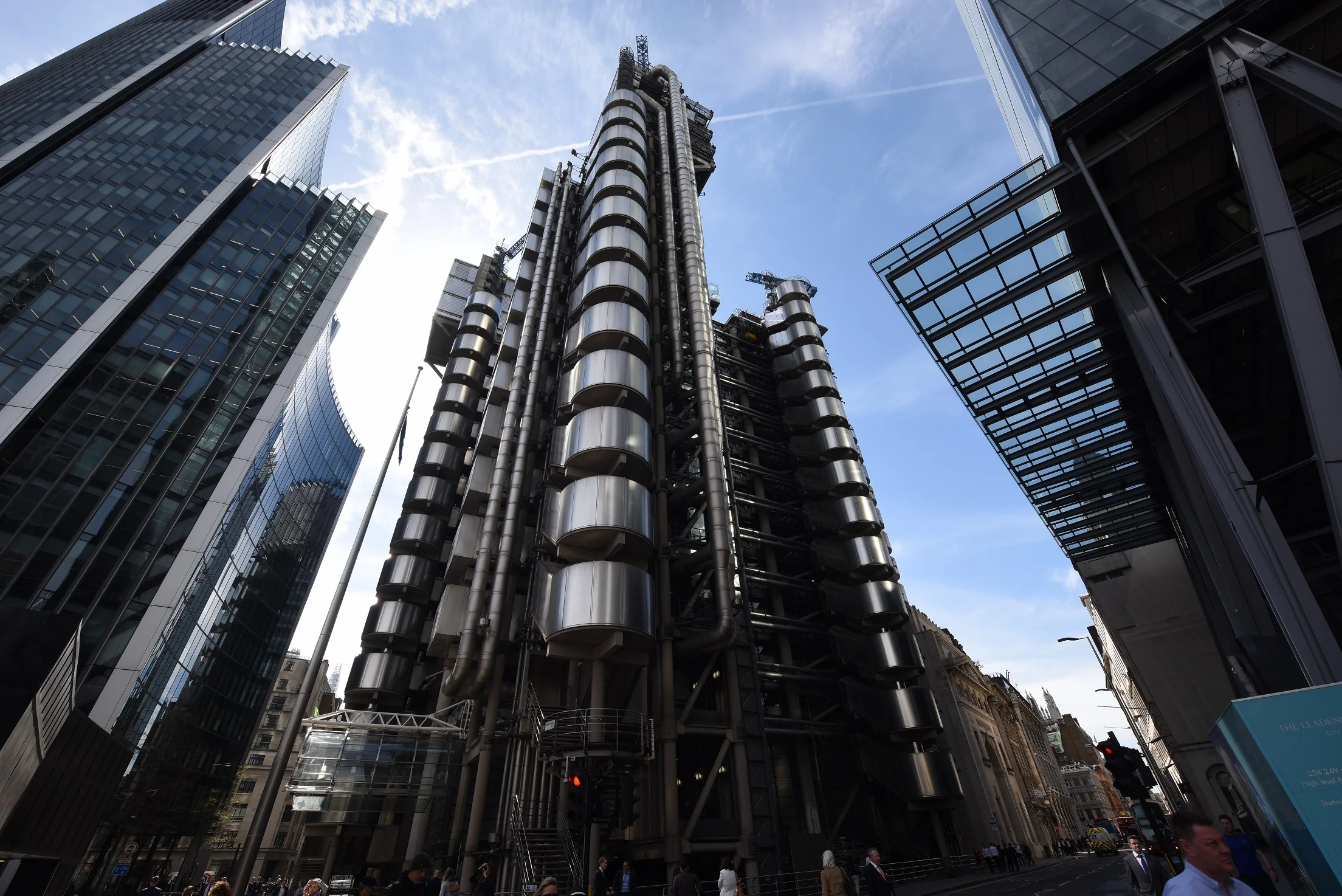The Lloyds Building
London’s architecture gets more diverse each year. Not only does the city have an incredible set of historical buildings, but over the centuries developers have added prime examples of all architectural periods.
Today, the city is welcoming cutting edge design from architects around the world. Here’s our take on a few of the most impressive buildings from the last few decades. The list could be endless, but it gives a flavour of the influences we draw from on for our projects.
Westminster Tube Station
Westminster Underground Station
We’re specifically talking about the deep-level station, which involved the deepest ever excavation in central London to make way for the Jubilee line platforms. It finally opened nearly 20 years ago in December 1999 and commuters have been marveling at the engineering excellence ever since.
In 2015, Londoners voted the station to be one of their top ten transport design icons. It is certainly one of the more pleasant stations to use, providing a far more modern experience than other stations with its use of concrete and stainless steel.
The Shard
Love it or hate it, it’s hard to talk about London’s architecture without mentioning The Shard. Europe’s tallest building dominates the city’s skyline, towering over other notable skyscrapers such as the Walkie Talkie the Cheese Grater.
The viewing gallery has been drawing visitors in their thousands and the office floors are finally filling up. Though the building isn’t to everyone’s taste, there’s no doubting The Shard’s impact on its surroundings.
London Aquatics Centre
Built for the London 2012 Olympics and designed by Pritzker Prize-winning architect Zaha Hadid, the London Aquatics Centre is impressive both inside and out. On the inside, swimming in the 50-metre pool underneath the vast roof gives a unique experience while on the outside, the swooping roof almost defies logic.
Another reason we love the building is its flexibility. The floor of the pool can be moved to alter its depth while moveable booms allow its size to be changed. Flexibility is highly desirable in today’s architecture.
Tate Modern
Tate Modern
The transformation of a disused old power station into one of the world’s most renowned art galleries has been impressive. It takes real vision to turn such a solid piece of architecture into such an eye-catching facility.
The new wing, added in 2016, extended the existing structure in such a way that has made the building more iconic than ever. It was billed as the UK’s most important new cultural building since the British Library and has panoramic views of the city.
The Lloyd’s Building
Designed by Richard Rogers, The Lloyd’s Building in the City of London took eight years to build. Set in such a historic location, the building has had a real impact with its theatrical central atrium and escalators.
For 1986, the concept of putting ducts, vents and stairwells on the outside rather than hidden away was groundbreaking. It’s no surprise that The Lloyd’s Building was recently awarded Grade I listed status.




